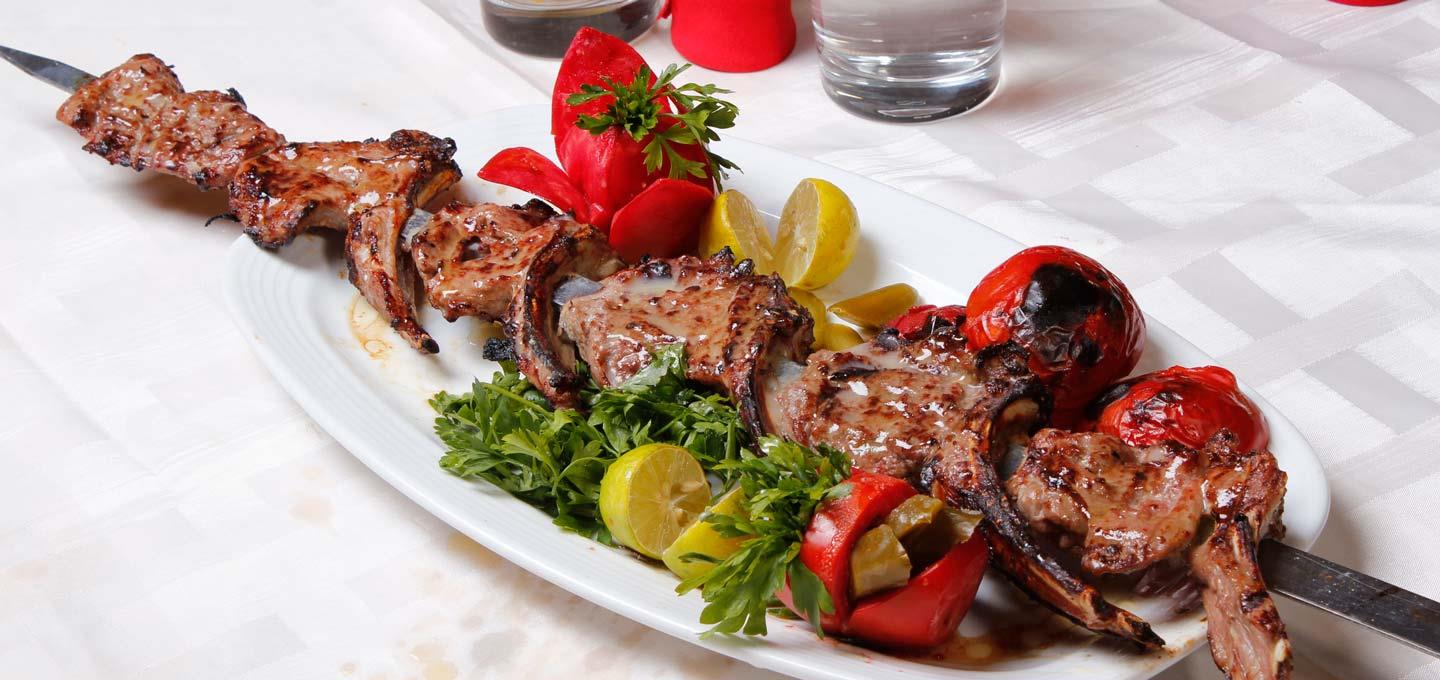
Foodstuff
Foodstuff
Saffron
Saffron or Zafran in Persian is one of the most expensive spices in the world and is cultivated mostly in the South Khorasan and Khorasan Razavi provinces. This expensive spice was first documented in the 7th century BCE and since then, its use has grown from medicinal to culinary. Presently, Iran is the main producer of high-quality saffron in the world and hardly a visitor to this region leaves without buying some.
High quality saffron has a distinct scent, deep yellow hue, and tart favor. In Persian cuisine, saffron is used in chicken dishes, kabab marinades, and even desserts like halva, puddings, and ice cream.
How to buy saffron: Saffron is sold in the ancient unit of measurement called "mesghal", which is about 4.6 grams. Saffron is mostly sold in packages of one, half, or one-fourth mesghal. The best quality saffron is Sar'gol, because the color and flavor are concentrated in the stigma of the flower. Try to purchase saffron in sealed packages that have the ISO logo on its packaging.
Dries fruits, nuts, and seeds
Dried fruits are called "meeveh Khoshk"; and nut and seed mixtures are called "ājeel". These snacks are a favorite part of Iranian culture and are served for guests, particularly during the Iranian New Year holidays and cold seasons. Nuts are either raw or hand roasted and may include shelled or unshelled pistachios, peanuts, almonds, or cashews. Hand roasted shelled seeds are usually watermelon, sunflower, and pumpkin. The most common dried fruits come from the local orchards such as figs, peaches, apricots, sour cherries, and white mulberries. Mashhad is a favorite place to purchase these snacks because of its many local orchards that are well-known for its delicious summer fruits. Many small and large shops around the Holy Shrine sell these delicious dried fruits, seeds, and nuts. However, one of the best places to buy these snacks is on Towheed Street; many family-owned stores specializing in these snacks are located around and near Towheed Square.
Rock candy
Rock candy or "nabāt" is a confectionery made of large sugar crystals that, interestingly, has its origins in Iran. Rock candy is easily made by allowing water and sugar to crystallize on a string or stick. Rock candy is sometimes colored yellow by adding saffron or herbs could be added like lavender or mint. Aside from its sweet properties, it has medicinal purposes for the relief of stomach problems, such as gas or diarrhea and it is commonly given to infants. It's not bad to carry some with you to treat a case of traveler's diarrhea or stomach upset.
Sowhan
This traditional saffron brittle toffee is highly prized with Iranians. The best qualities are made of butter or animal ghee, rosewater, saffron, nuts, and cardamom. Sowhan is native to the city of Qum, but this region has a very special sowhan that is handmade very thin and brittle.
Nougat
This traditional confectionery is called "nogh’l" in Persian and is a made with sugar and roasted nuts (pistachios, almonds, or walnuts), and favored with cardamom, and is a compliment to hot black tea. The best quality has a high percentage of nuts. Fresh nougat is soft to the touch and they are boxed either in individual wraps or traditionally with flour. This favorite treat is a common souvenir that pilgrims and tourists take back home.
Barberries
The barberry or "zereshk" is from the berberis vulgaris evergreen shrub and are mostly cultivated in South Khorasan province. Iranians are the largest producer and consumers of barberries in the world. This fruit has a distinct sour taste and is commonly served on top of hot rice or mixed into chicken dishes. Other uses for barberries include being made into a cold sherbet drink and fruit wraps. The barberry also had medicinal purposes as a blood purifier.
Mixed seasonings and spices
If you are interested in cooking or want a gift for a cook, the bazaars have a wide variety of mixed spices for soups, rice (or polo) dishes, and meat and chicken (khoresh) dishes, called seven spices or "adveeyeh haft ghalam" and Indian curries. Individual spices can also be purchased at very reasonable prices.
Traditional herbs, teas, and other natural products
Iran is native to a high number of high quality herbs, which are made into soaps, shampoos, and beauty products, or used for tea infusions and alternative treatments. Many herbal shops or "ataris" can be easily found throughout the entire city. Note that it is best to buy packaged herbs or from trusted herbalists.

